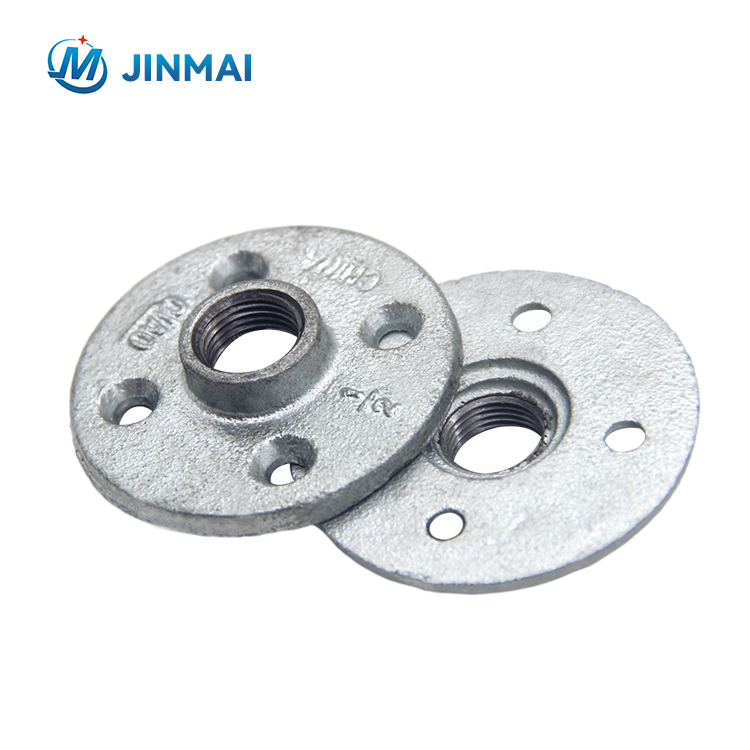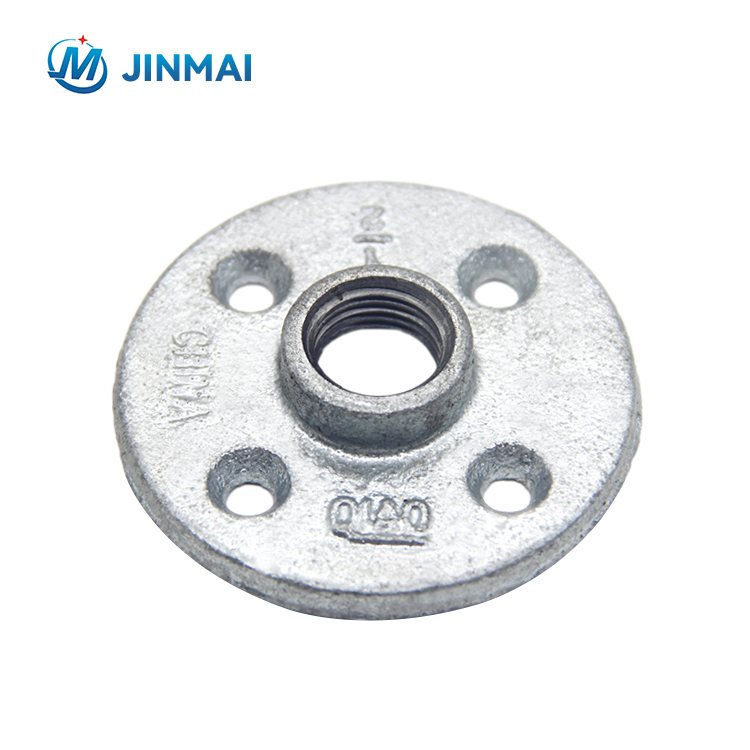In the realm of piping, tubing, and fittings, understanding the different types of thread standards is crucial for ensuring proper connections and avoiding leaks. Two of the most common thread standards used worldwide are BSP (British Standard Pipe) and NPT (National Pipe Taper). Despite their similar purposes, they have distinct characteristics and applications . to illustrate the subtle differences between BSP and NPT threads to help clarify their specific use in different situations.
BSP (British Standard Pipe) Thread
BSP threading is widely used in many countries across the globe. It comes in two variants: BSPT (British Standard Pipe Taper) and BSPF (British Standard Pipe Parallel or Flat). The primary distinction between the two lies in the form of the threading
BSPT (Tapered): Featuring a taper, BSPT threads create a seal through the wedging action between the male and female threads, often enhanced with the use of thread sealants like PTFE tape or pipe dope. BSPT is commonly used for connections where a tight seal is essential, including in hydraulic and pneumatic systems.
BSPF (Parallel): These have parallel threads that rely on a bonded seal (using washers or o-rings) placed between the male and female connector ends to prevent leaks. BSPF threads are typically found in applications where a pressure-tight seal is not as critical, or where an external sealing mechanism is preferred.
Both types follow a standard sizing chart based on the inner diameter of the pipe or fitting. Despite having a variety of applications, from water pipes to hydraulic fittings, BSP threading might require adapters when interfacing with components from systems utilizing different threading standards.
NPT (National Pipe Taper) Thread
NPT, predominantly used in the United States and Canada, is a standard defined for tapered threads on pipes and fittings. Unlike BSP, NPT standards primarily focus on tapered threads
The taper on NPT threads allows for a more consistent seal when the male and female threads are tightened together. The design results in the threads meshing more closely, creating a seal that becomes tighter and more pressure-resistant over time. Like BSPT connections, NPT threaded joints usually require the application of a thread sealant to ensure a leak-proof seal.
NPT sizing is determined by the nominal pipe size (NPS) and refers to the approximate inner diameter of the pipe or fitting. However, unlike BSP, NPT thread pitch (the distance between threads) is defined differently, leading to incompatibility between BSP and NPT threads without the use of suitable adapters.
Key Differences:
Thread Form: NPT threads are tapered, while BSP threads can be either tapered (BSPT) or parallel (BSPF).
Sealing Mechanism: BSPT relies on the fit of the tapered threads, similar to NPT. BSPF uses washers or o-rings to seal the connection, contrasting with the tapered seal of NPT.
Geographical Usage: NPT is predominantly used in North America, while BSP is more common in Europe, Asia, and other parts of the world.
Compatibility: Directly connecting BSP and NPT threaded components without suitable adapters or sealants is not recommended due to differences in thread forms and pitch.
Understanding the differences between BSP and NPT threads is vital for engineers, plumbers, and DIY enthusiasts alike to ensure the correct selection of parts and prevent potential leakage or damage to the system. Proper knowledge and usage of these threading standards can greatly influence the efficiency and reliability of hydraulic, pneumatic, and plumbing installations worldwide.
Post time: Jun-19-2024




